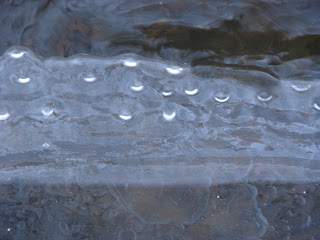Last week, I discovered a wonderful story by Betsy Byars in A Treasury of Pet Stories, edited by Suzanne Carnall, entitled E!G!G!S! Though the book is out of print, it contains 17 stories by numerous noted authors, including Beverly Cleary and Judy Blume. E!G!G!S! is actually a personal narrative and features a young Betsy and her friend Wilma. For entertainment, the girls gather creatures to create zoo exhibitions for their friends and neighbors. Admission was free. Their insect exhibit always had the most in number, but it was not very popular with the attendees. The box turtles were popular, as were the polliwogs when their legs began emerging. The girls learned to upturn stones and logs in their attempts to find exhibit-worthy specimens, and one summer, they found a cache of eggs under a log! They each took two home, storing them in old mayonnaise jars. Wilma hid hers in her sock drawer, and it was promptly discovered by her siblings and mother. Betsy's family was a bit more lenient, and when the first slit appeared in an egg, her jar was displayed in the center of the table. A tiny bull snake emerged completely after a day, her mom made her release it to the wild. Alas, she still longed for a snake.
The listeners were rapt as I read aloud. Most had never seen our story collection. Several visited those shelves today. Several probably wish for a snake like Betsy did.
















